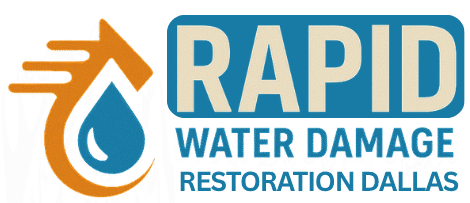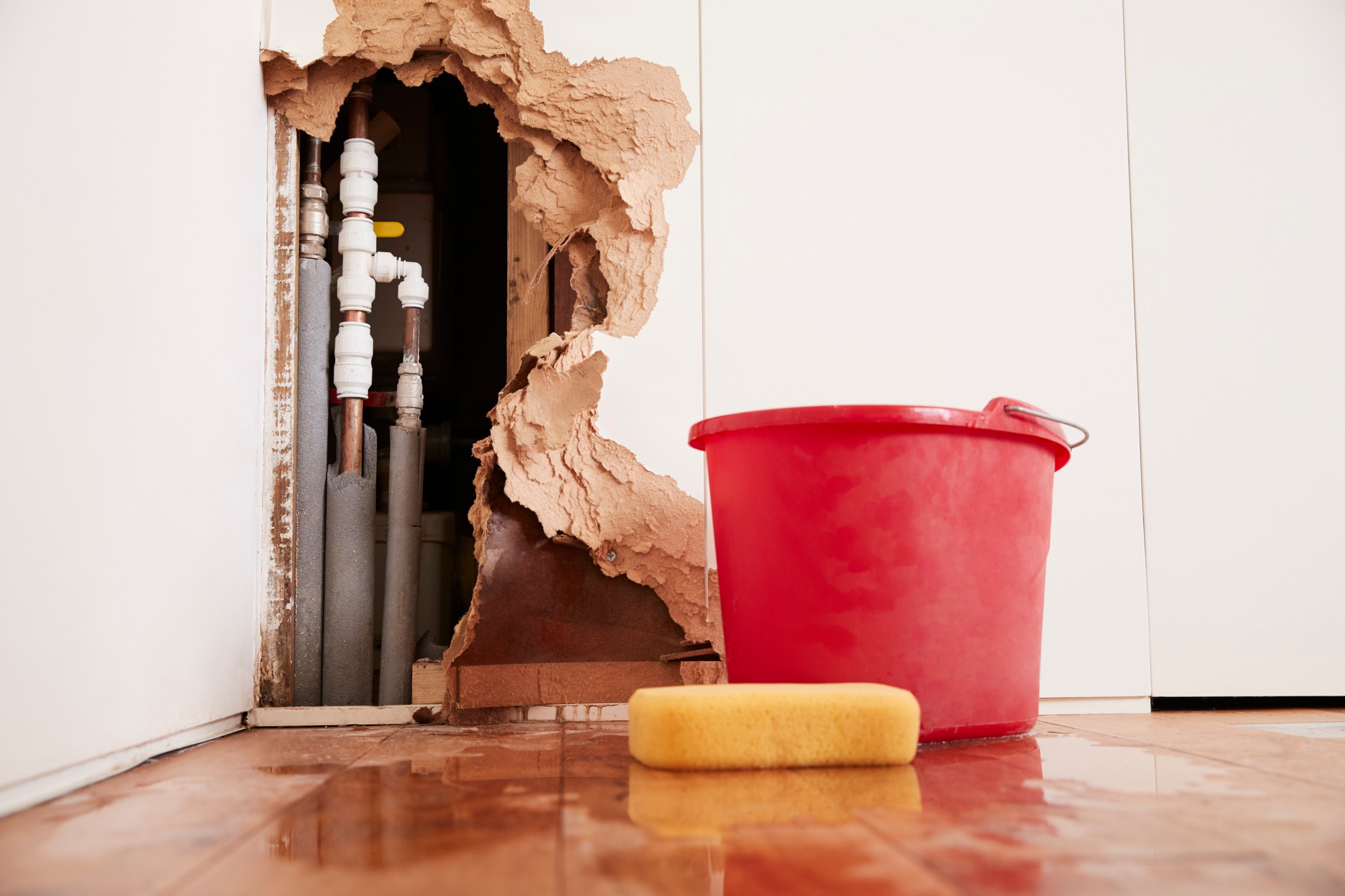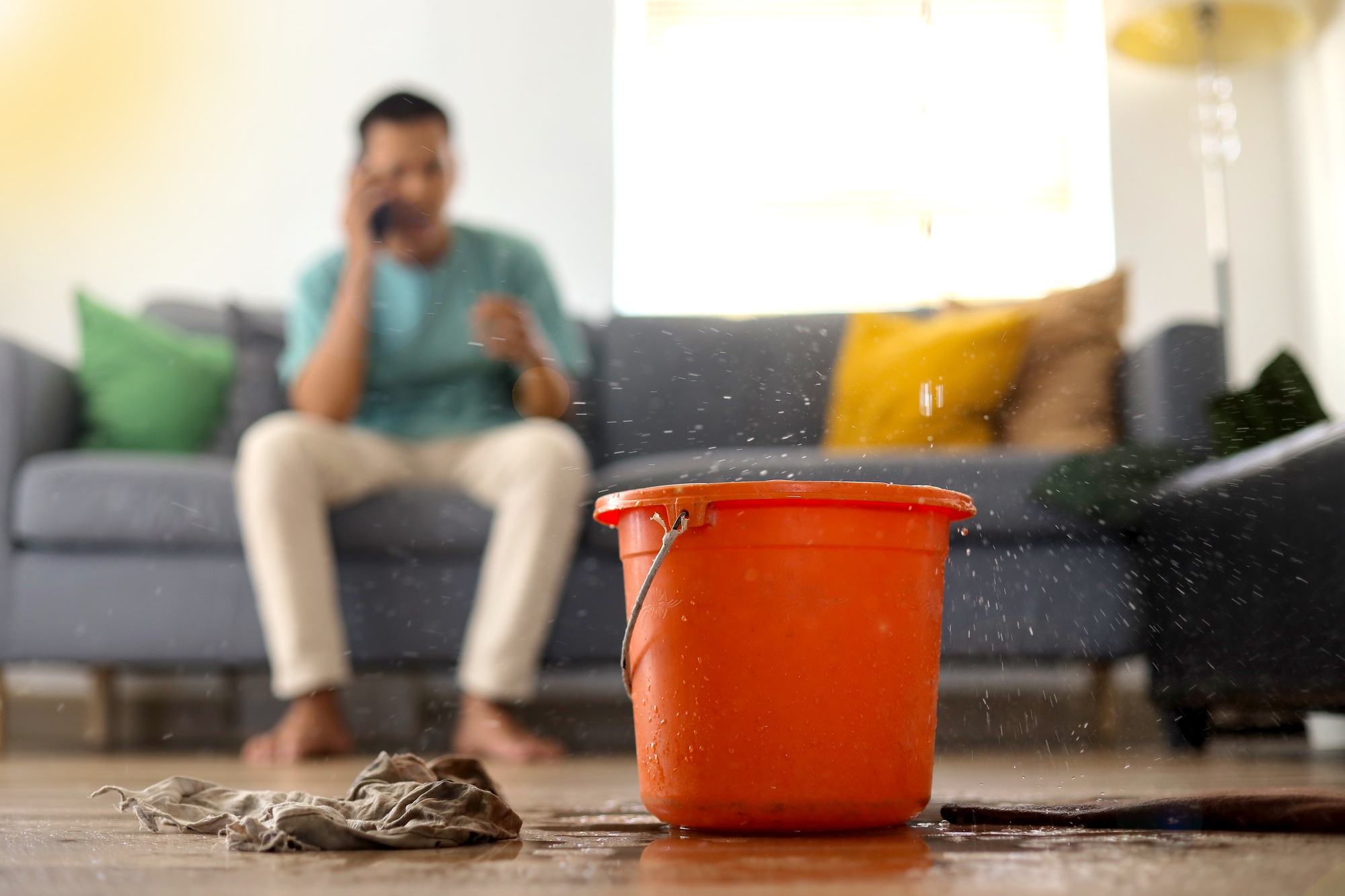Introduction
Once floodwaters recede, the cleanup isn’t over. Many homeowners focus on what’s visible—wet carpets, damaged furniture—but what happens after the obvious damage is where real long-term risks lie. This post explores best practices for long-term recovery: protecting health, preventing mold, and restoring your home or business properly.
We’ll cover:
- Health & safety risks after cleanup begins
- Ways to prevent secondary issues (mold, rot, structural decay)
- How professional flood damage cleanup ensures lasting results
If you’re ready to see how the cleanup process should fully play out, visit our Flood Damage Cleanup service page. And if you need to start as soon as possible, our Contact Us is always open.
Health and Safety Risks After Flooding
Even after standing water is removed, risks remain. Addressing them quickly protects your family or your employees.
Mold and Mildew
- Moisture trapped in hidden spaces (behind walls, under flooring) is breeding ground
- Mold spores can trigger asthma, allergies, and other respiratory issues
Airborne Contaminants
- Floodwater often carries contaminants; after cleanup, materials may still harbor bacteria or spores
- Poor ventilation exacerbates the issue
Structural Weakness
- Wood may swell or warp; metal may corrode
- Drywall, insulation may lose integrity
How Preventive Steps Help
Taking preventive measures during and after cleanup helps protect your property long term:
- Use air movers & dehumidifiers until moisture levels are normal
- Remove baseboards, drywall if they are saturated or damaged
- Disinfect surfaces thoroughly, especially with gray or black water exposure
- Ensure good airflow: open windows or use ventilation, even after cleanup
When Items Should Be Discarded or Repaired
Not everything can be saved—knowing what to let go helps avoid future problems.
| Item | When to Repair | When to Discard |
|---|---|---|
| Carpets & Padding | If exposure to clean water and dried completely within 24-48 hours | If flooded with black water or if mold has set in |
| Drywall | If surface wet and cleaned; can dry and repaint | If saturated, contaminated, or crumbling |
| Insulation | If clean water, can dry and treat | If wet from black water, often needs replacement |
| Hardwood Flooring | If sealed, minimal water penetration, dried properly | If warping, buckling, mold underboards |
| Furniture Upholstery | If cleaned, dried, and disinfected quickly | If smell persists or contamination is severe |
The Role of Professional Flood Damage Cleanup
Professionals bring value beyond just removing water. Here’s what they ensure:
- Advanced Moisture Detection: Tools like thermal imaging and moisture meters catch hidden dampness.
- Proper Drying Practices: Correct placement of air movers, use of industrial dehumidifiers.
- Thorough Cleaning & Sanitization: Especially important for gray/black water damage.
- Effective Restoration: Repairing or replacing damaged materials, restoring surfaces, sealing spaces to prevent future moisture intrusion.
For a complete overview of this process, see Flood Damage Cleanup.
Maintenance Tips After Restoration
Once cleanup and repairs are done, maintenance helps protect your investment:
- Monitor for signs of moisture: stains, smell, warping
- Maintain gutters, landscaping to prevent water entering foundation
- Keep humidity levels under control inside (use dehumidifiers in damp seasons)
- Regularly inspect areas prone to flooding (basements, low-lying zones)
- Clean and inspect HVAC systems, filters, ducts
When to Call Professionals & How to Contact
If any of the following happen, it’s time to bring in experts:
- Water damage from black or heavily contaminated sources
- Mold has appeared despite home cleanup
- Structural elements are compromised
- Moisture persists in walls or flooring after DIY drying
You can get professional help easily. For details on what the process involves and what to expect, start by exploring our Flood Damage Cleanup page. And when you’re ready, don’t hesitate to Contact Us so we can discuss and act swiftly.
Conclusion
Post-flood care doesn’t end once the water is gone. Protecting health, avoiding latent damage, and restoring your property properly takes care, attention, and the right resources. By following preventive practices, evaluating what can be saved or discarded, and using professional flood damage cleanup solutions, you’ll ensure your space is safe, sound, and preserved for years to come.
If you want a fourth blog post (e.g. focusing on cost, insurance, etc.) or want these customized for Dallas or specific neighborhoods, I can write those too.



